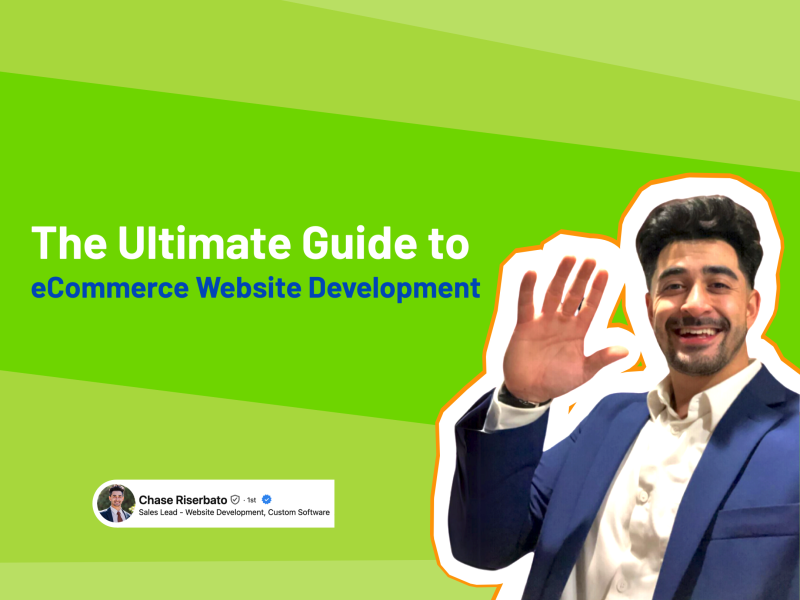"Unleashed Technologies stands out as one of the best teams I’ve ever worked with."

Ordering Team Apparel Made Easy
By building a custom Symfony platform, BSN streamlined ordering, increased its sales efficiency, improved order accuracy, and created a 3D product preview platform that improved customer engagement and satisfaction. Built in partnership with SensioLabs.
View project
Personalized Content and Member Growth
With a global network of nearly 3,000 individual members from more than 1,150 companies, GEAPS is highly focused on improving the lives of their membership. That focus was the center of this website redesign.
View projectIndustries We Serve
Associations
Websites and applications focused on new member sign-ups, increased subscribers, easy content discovery & distribution, and clear communication.
Manufacturing
Websites and applications that manage huge inventories, offer customer accounts, sync with ERP and CRM systems, and make the customer ordering experience easy.
Financial
Websites and applications centered on security, privacy, data complex integrations, customer engagement and accessibility.
Education
Websites and applications focused on enrollment, alumni engagement, easy content updates and storytelling.
Non-Profit
Websites and applications focused on donor engagement, storytelling, volunteer recruitment and easy navigation.
Healthcare
Websites and applications focused on patient engagement, easy content discovery, building trust, and and helping patients find the right doctor for them.





























